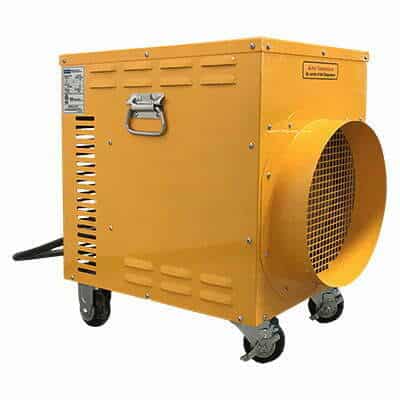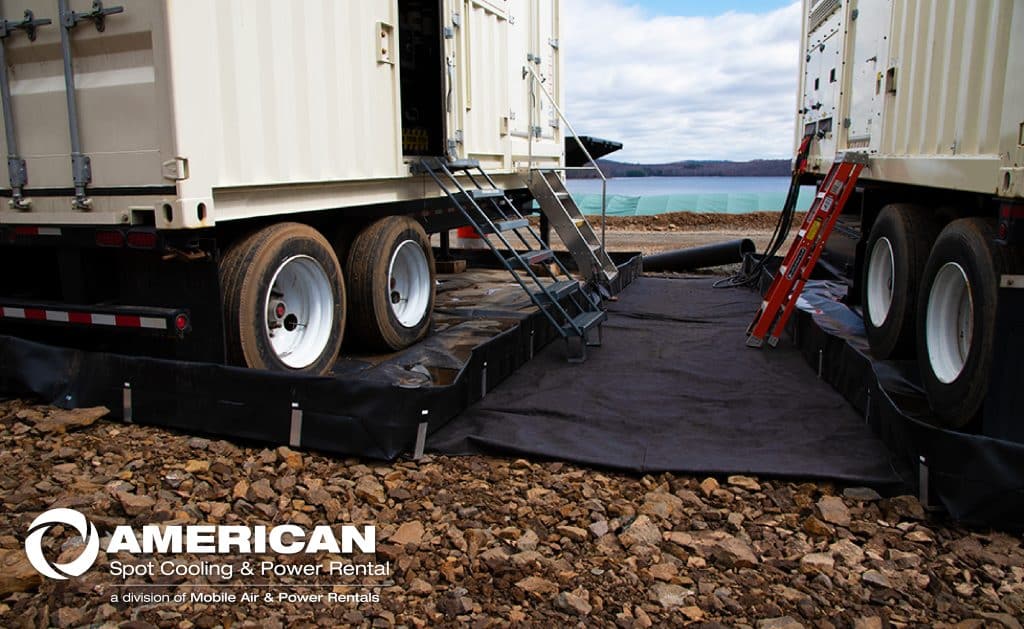As the summer and hurricane season continues, weather experts can be seen across TV networks providing the latest updates on storms throughout the country. Regardless of the time of year, storm watch, storm warning, and storm advisory are phrases often heard. Although you may feel that you need to be a meteorologist to understand the lingo, we are here to help explain the differences between those terms so you will know how to prepare and respond.
Who’s behind these storm watches and warnings? When you tune into your favorite local news station, the weather team’s updates and alerts often come from the National Weather Service. Through the use of satellites, radars, and other technology, the NWS is constantly monitoring weather data points to help cities and towns get a reliable forecast of what is ahead. So when a storm is approaching and concerning, the NWS will issue alerts to all of the meteorologists in the network, typically at least 24 hours in advance. These communications serve as a public service to help individuals, families, and businesses prepare and plan for the potential storm threat.
Now, let’s dig into the definitions and differences between these common phrases.
Storm Watch
A storm watch is the first alert that advises local residents about severe weather that may end up hitting your area. These are often provided at least 12 hours prior to that possibility, sometimes as much as 36 hours prior. Because the location and certainty of the storm is not fully clear, this alert serves as a precautionary measure to be prepared in case the storm does affect you. As an example, you will often hear that a winter storm watch, tropical storm watch, or a hurricane watch, is “in effect.”
Storm Warning
The next alert, which follows the storm watch, is a storm warning. A warning differs from a watch as it indicates that the storm is not just possible, but is highly probable of happening. As a matter of fact, a warning is given if there is a 80% or greater possibility that the storm will arrive. These warnings should be taken seriously as they advise residents of serious hazards and conditions that can even lead to injury or death. Winter storm warnings, blizzard warnings, and tornado warnings are common examples.
Storm Advisory
Finally, a storm advisory is issued when hazardous conditions are expected and likely to occur, but not severe enough to be life-threatening or significantly dangerous. For example, if you live in an area with cold winters, a frost advisory may be issued to warn of that potential hazard. Other examples include wind advisories and winter weather advisories. Although not as severe as storm warnings and watches, these advisories can help people and businesses prepare for inclement weather.
So there you have it, the key differences between storm watches and warnings. Feel free to spread your meteorology knowledge with your friends and family the next time you hear these alerts. Working on a business continuity and preparedness plan? These alerts can play a role in protecting your facilities and staff, ensuring your operations continue as planned. Mobile Air & Power Rentals specializes in storm and disaster response, with a lineup of temporary heating, dehumidification, cooling, and power solutions for businesses of all sizes. Give our friendly team a call at 888-305-3038 to discuss your operational and preparedness needs.





